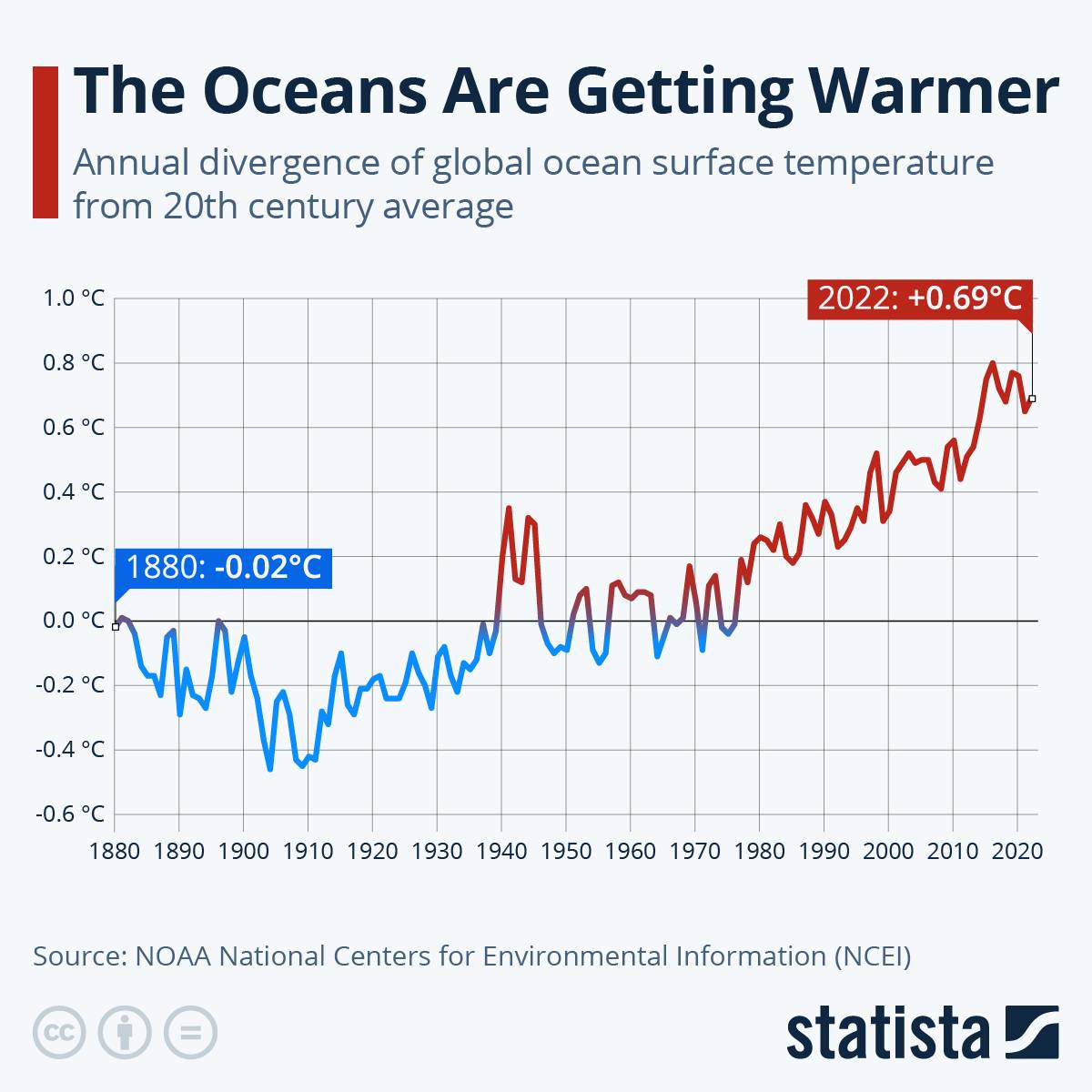This statement has several flaws.
Snow crabs will eat almost anything they can catch and break open with their claws, including fish, shrimp, crabs, worms, clams, brittle stars, snails, algae, and sponges. They will also scavenge on anything dead they find.
People used to think that lobsters were scavengers and ate primarily dead things. However, researchers have discovered that lobsters catch mainly fresh food (except for bait) which includes fish, crabs, clams, mussels, sea urchins, and sometimes even other lobsters!
Juvenile and adult shrimp are omnivorous, feeding on copepods, small mollusks, diatoms, algae, plant detritus, bacterial films, slime molds, and yeast.
Besides being seafood, oysters make waters healthier. Because oysters feed by filtering algae from the water, they function as a natural filter and improve water overloaded with nutrients.
Growing clams requires no feed – they filter phytoplankton directly from the water column.
Eating the dead is a common and very beneficial strategy in animal life on this planet. All of the above came from the NOAA Fisheries website.
There is nothing about these animal's diets that would make them prone to die-offs. And this IS the first time a population crash like this has been observed in these animals.
You're the second poster here who doesn't know how to spell Bering. And you have NO basis your your contention.
Three points: 1) Snow crabs survived on Earth over a 100 million years before getting fed by garbage dumps from trawlers. 2) The percentage of the snow crab population that was intermittently fed by trawlers is microscopic. 3) The period when fishing trawlers stopped working also marks a period when snow crabbers stopped working.



